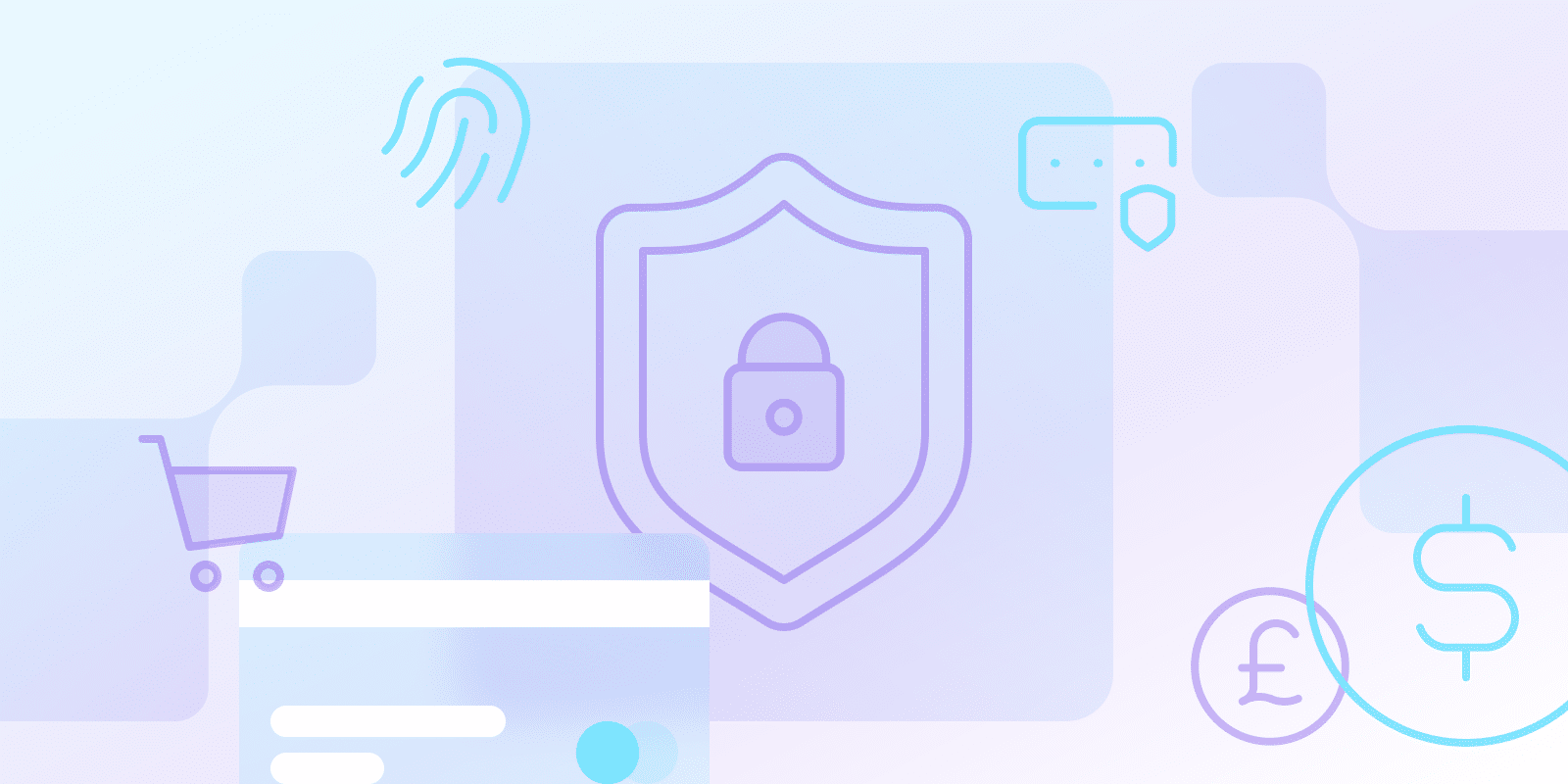SaaS-betalingen
Wat is SaaS-betalingsfraudepreventie?

Wat is SaaS-betalingsfraudepreventie?
SaaS-fraudepreventie is het proces van het detecteren en voorkomen van ongeautoriseerde, frauduleuze of kwaadwillende transacties op een SaaS-platform. Beveiligingstools, gedragsanalyse en geautomatiseerde waarschuwingen worden gebruikt om betalingsafwijkingen en accountmisbruik te detecteren voordat ze schade aanrichten.
Deze procedure is cruciaal voor het beschermen van geld, het waarborgen van de integriteit van het platform en het behouden van gebruikersvertrouwen, vooral voor bedrijven die terugkerende facturering en selfservice-abonnementen aanbieden.
Wat zijn de meest voorkomende soorten SaaS-betalingsfraude?
SaaS-organisaties zijn vatbaar voor tal van specifieke soorten betalingsfraude.
- Accountovername: Hackers gebruiken gestolen inloggegevens om illegale toegang te krijgen tot gebruikersaccounts, waarbij ze vaak toegang krijgen tot factuurgegevens of opgeslagen betaalmethoden misbruiken.
- Vriendelijke fraude: Dit gebeurt wanneer een legitieme consument een aankoop doet en vervolgens de transactie frauduleus betwist bij zijn bank, door te stellen dat hij deze niet heeft geautoriseerd.
- Gestolen creditcards: Om detectie te voorkomen, testen fraudeurs gestolen betalingsgegevens met gratis SaaS-proefversies of goedkope abonnementen.
- Chargebackfraude: Dit gebeurt wanneer een klant doelbewust een terugbetaling aanvraagt via zijn bank in plaats van via het officiële terugbetalingsmechanisme van het bedrijf.
- Valse accounts en botaccounts: Geautomatiseerde bots maken nepaccounts aan om misbruik te maken van promoties of om op grote schaal gestolen betalingsgegevens te testen.
Wat is de impact van betalingsfraude op SaaS-bedrijven?
Zelfs één frauduleuze transactie kan aanzienlijke problemen veroorzaken. De gevolgen zijn onder andere:
- Omzetverlies: Frauduleuze terugboekingen kosten bedrijven geld en kunnen boetes van betalingsprocessors opleveren.
- Operationele verstoring: Fraudeonderzoeken en terugboekingsgeschillen kosten tijd en middelen die anders besteed zouden kunnen worden aan groeiactiviteiten.
- Verlies van klantvertrouwen: Een enkel datalek of ATO-incident kan leiden tot langdurige schade aan het gebruikersvertrouwen.
- Hogere transactiekosten: Overmatige terugboekingen kunnen de verwerkingstarieven van een bedrijf verhogen of leiden tot opschorting van de account bij betalingsgateways.
Welke proactieve beveiligingspraktijken kunnen SaaS-bedrijven toepassen om betalingsfraude te voorkomen?
Er zijn verschillende stappen die SaaS-bedrijven kunnen nemen om betaalfraude te voorkomen voordat het gebeurt:
- Multi-Factor Authentication (MFA) afdwingen: Het vereisen van een extra stap tijdens het inloggen vermindert het risico op accountovernames aanzienlijk.
- Gebruikersgedrag monitoren: Volg aanmeldingslocaties, IP-wijzigingen en aankooppatronen om afwijkingen in realtime te ontdekken.
- Beperk Proef Misbruik: Gebruik e-mailverificatie, CAPTCHA en apparaatvingerafdrukken om geautomatiseerde of frauduleuze aanmeldingen te verminderen.
- Betaalgegevens tokeniseren: Bescherm gevoelige gegevens met behulp van veilige tokenisatie en versleutelingsmethoden.
- Gebruik Webhooks en waarschuwingen: Stel automatische meldingen in voor verdachte activiteiten, zoals snelle inlogpogingen of meerdere geweigerde transacties.
Welke belangrijke functies moeten SaaS-oplossingen voor fraudepreventie bieden?
Bij het kiezen van een tool voor fraudepreventie moeten SaaS-bedrijven letten op deze kernfuncties:
- Machine Learning Algoritmes: Adaptieve systemen die gegevens analyseren op mogelijke afwijkingen in patroonherkenning.
- Real-time besluitvorming: De mogelijkheid om transacties goed te keuren, te markeren of te blokkeren zodra ze plaatsvinden.
- Beheer van terugboekingen: Tools ontworpen om te helpen bij het beheren en betwisten van SaaS terugboekingen.
- Gebruikersverificatiecontroles: Ingebouwde ondersteuning voor identiteitsvalidatie via documentupload, e-mailcontrole of telefoonverificatie.
- Integratieflexibiliteit: Streeft ernaar operationeel te zijn met standaard factureringsplatforms, CRM's en SaaS-betalingsgateways.
Integratie met PayPro Global's Merchant of Record biedt SaaS-bedrijven fraudepreventiemogelijkheden van enterprise-niveau.
Hoe helpen SaaS-platforms hun gebruikers te beschermen tegen fraude?
Veel SaaS-providers integreren fraudebescherming in hun platforms. Dit kan het volgende omvatten:
- Veilige afrekenprocessen: Versleutelde betalingsstromen beogen de blootstelling aan aanvallers te verminderen.
- Aanmeldingsbeveiligingsfuncties: Automatische sessiebewaking, uitlogtimers en blokkering van verdachte IP-adressen.
- Op rollen gebaseerde toegangscontrole (RBAC): Zorgt ervoor dat alleen geautoriseerde teamleden toegang hebben tot gevoelige facturerings- of gebruikersgegevens.
Heb ik SaaS-fraudepreventie nodig?
Om te beslissen, stel jezelf de volgende vragen:
- Ziet uw platform een toename in gebruikersregistraties of betaalvolume?
- Heeft u onverklaarbare terugboekingen of plotselinge pieken in het verkeer ervaren?
- Slaat u betalingsgegevens van klanten op of verwerkt u deze?
Beslissingsfactoren:
- Volume en waarde van uw transacties
- Mate van automatisering in uw facturatiesysteem
- Type gebruikers en risicoblootstelling (bijv. B2C vs. B2B)
- Wettelijke verplichtingen verbonden aan uw branche
- Eerdere incidenten van fraude of datalekken
Conclusie
Preventie van SaaS-fraude is niet slechts een technische aangelegenheid, maar een bedrijfsstrategie van cruciaal belang. Het gebruik van tools, gebruikerseducatie en monitoring kan van invloed zijn op risicoreductie en de schaalbaarheid van SaaS-bedrijven. Preventieve investeringen vandaag de dag dragen bij aan duurzaamheid en gebruikersvertrouwen op de lange termijn.